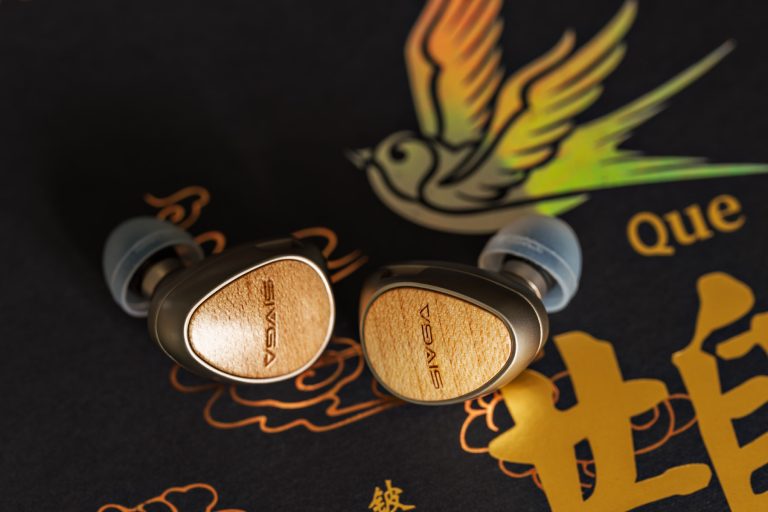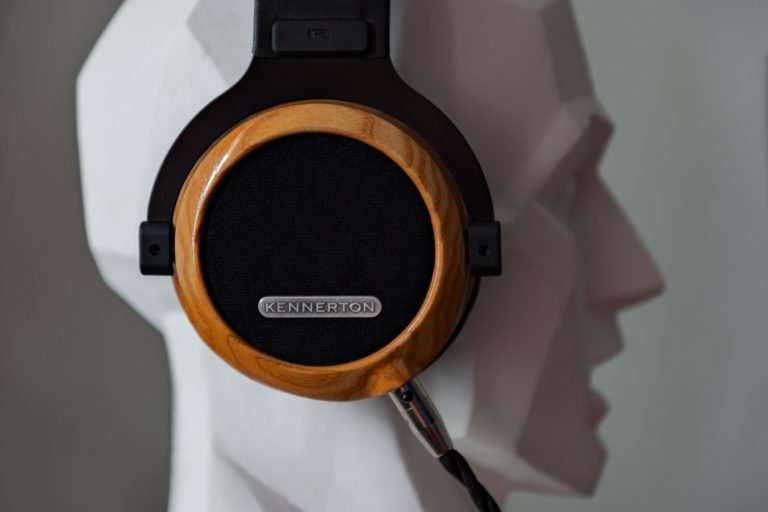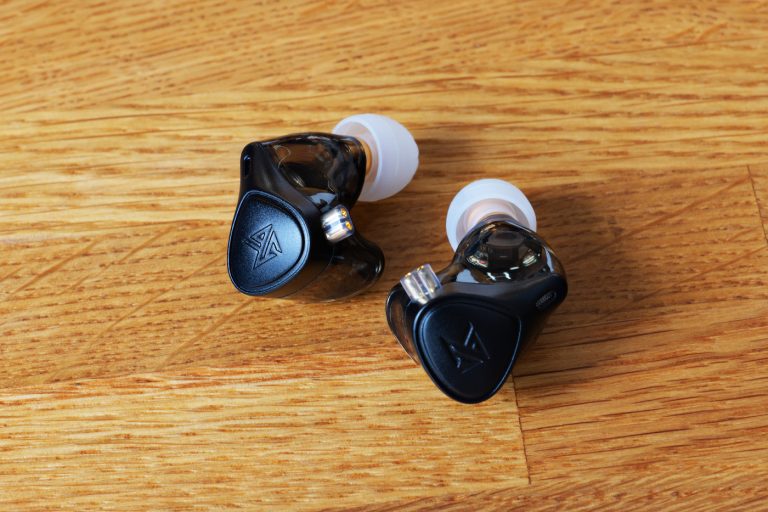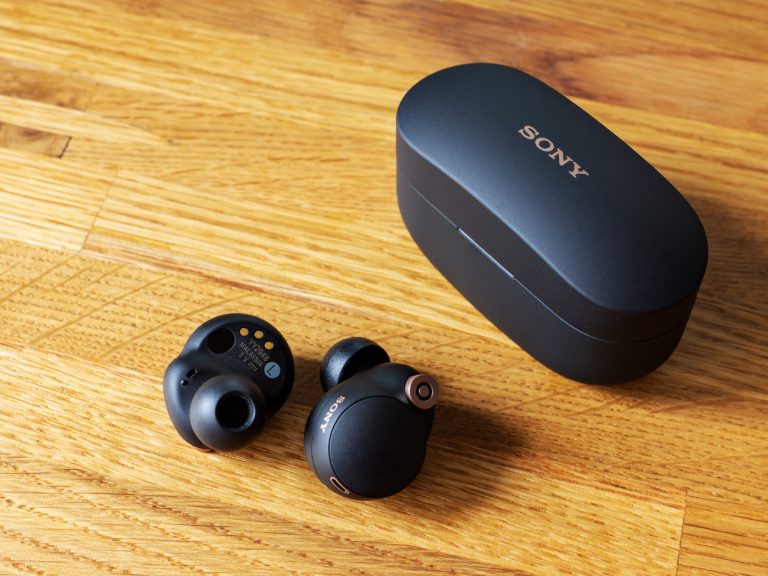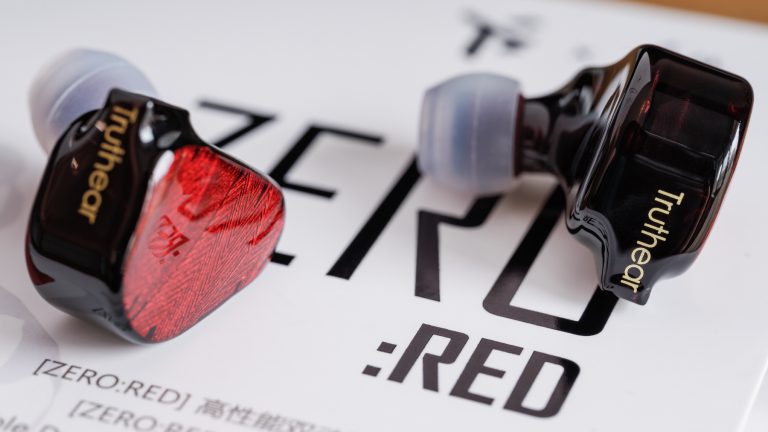Gizaudio × Binary Acoustics CHOPIN In-ear Headphones Review
I wanted to write about these earphones a long time ago as they’ve been in my headphone vault for more than six months. Why so long? Well, everything was clear with them right away, and when everything is clear, writing obvious stuff no longer seems interesting.
Anyway, today we’ll talk about the excellent Gizaudio × Binary Acoustics CHOPIN earphones worth of some $200.
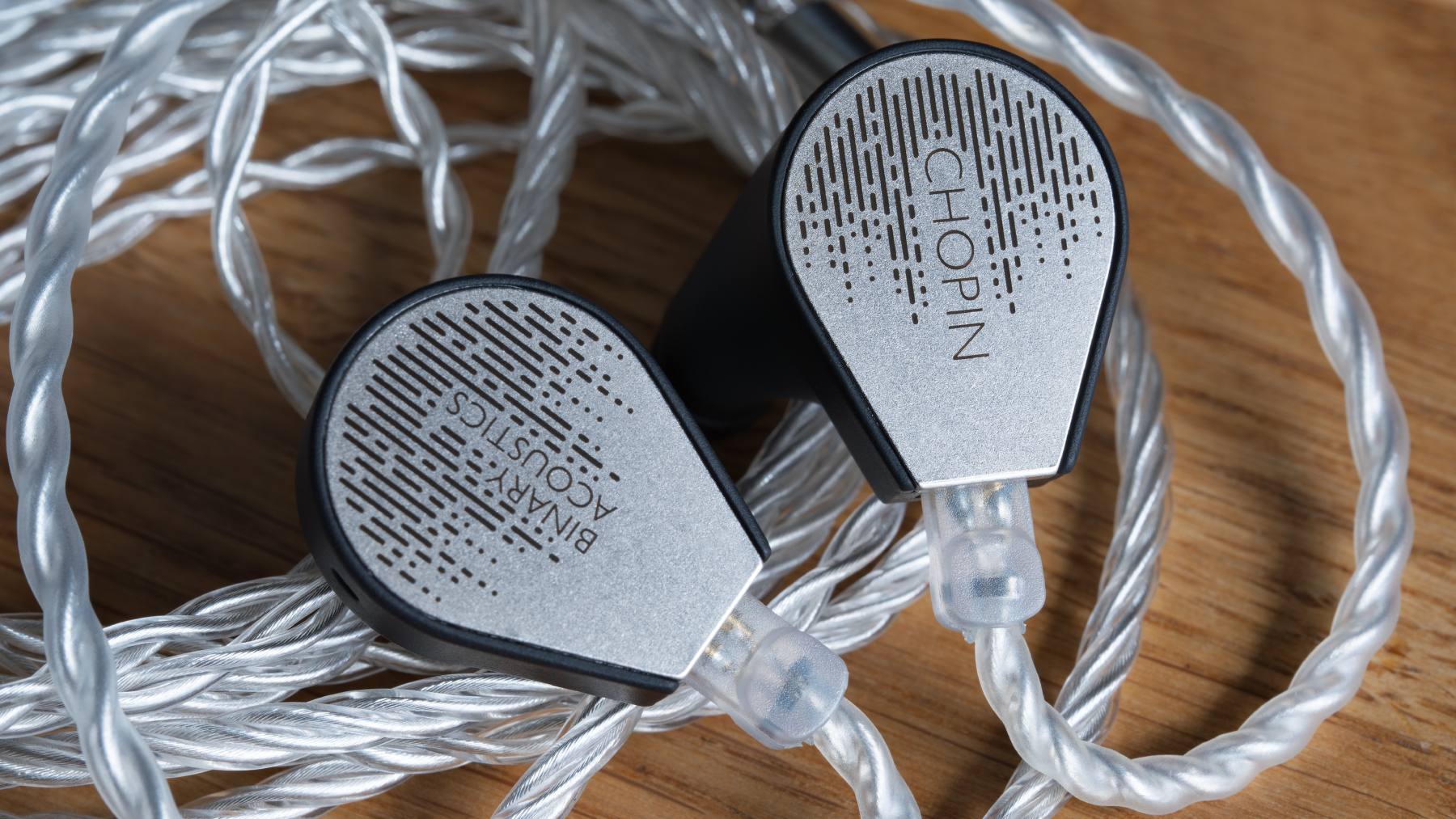
A few words about the manufacturer
Binary Acoustics is a Chinese company based in Shenzhen and founded in 2017. Throughout its existence, Binary has released only 5 (?) headphone models, which kind of hints at the manufacturer’s thoughtful approach to development.
Gizaudio, aka Timmy Vangtan, is a host of the famous Gizaudio YouTube channel dedicated to reviews and measurements of in–ear headphones. Timmy also edits Crinacle’s videos.
So, basically, Chopin is the fruit of Timmy’s and Binary Acoustics’ collaboration.
What’s included
The earphones come in an incredibly wacky box. It’s overly large, it’s empty by, like, 40 percent, and you can drop it if you try to lift it holding by its top cover without holding it with your other hand from below. But we have to do justice to the design originality.
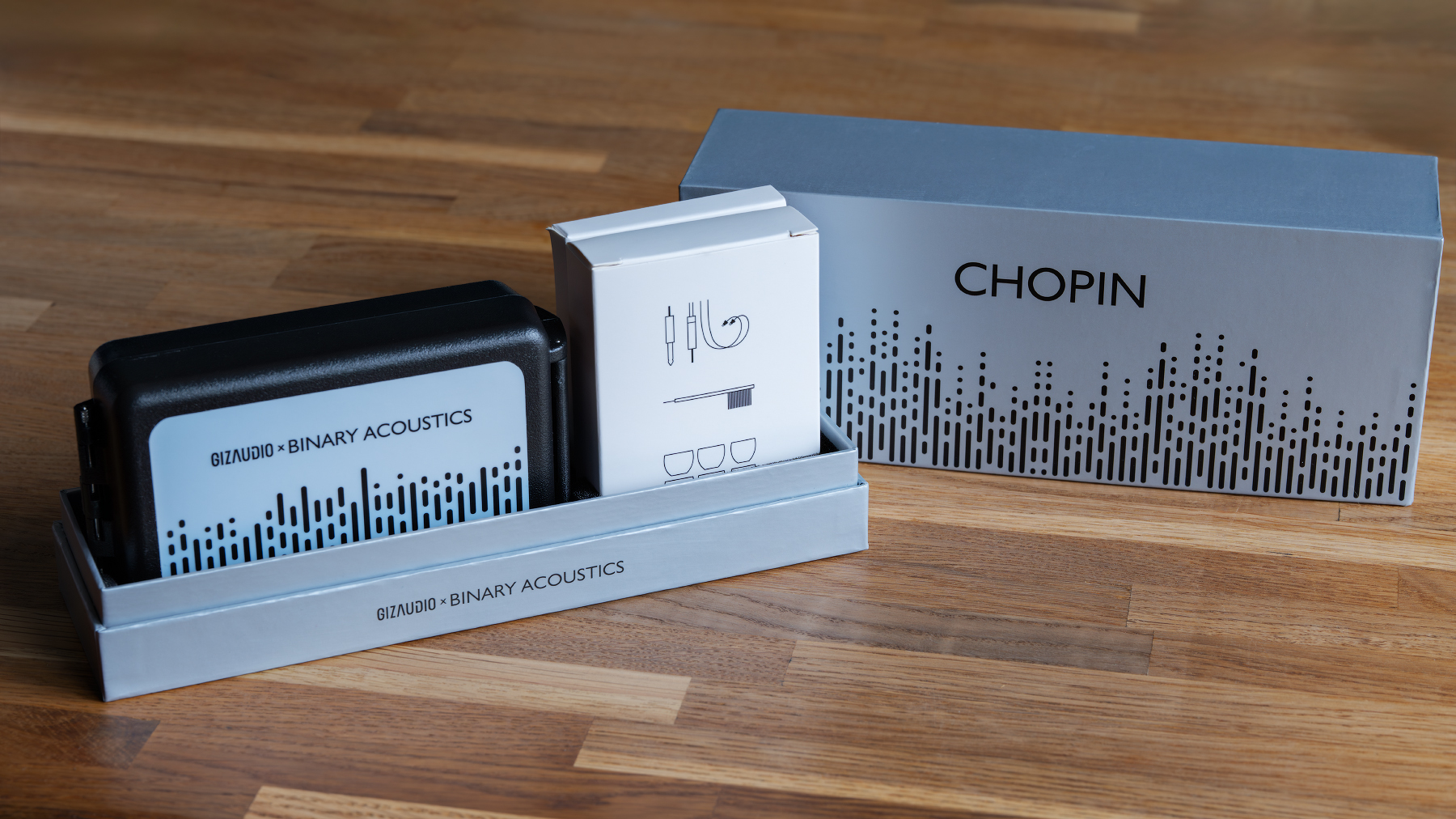
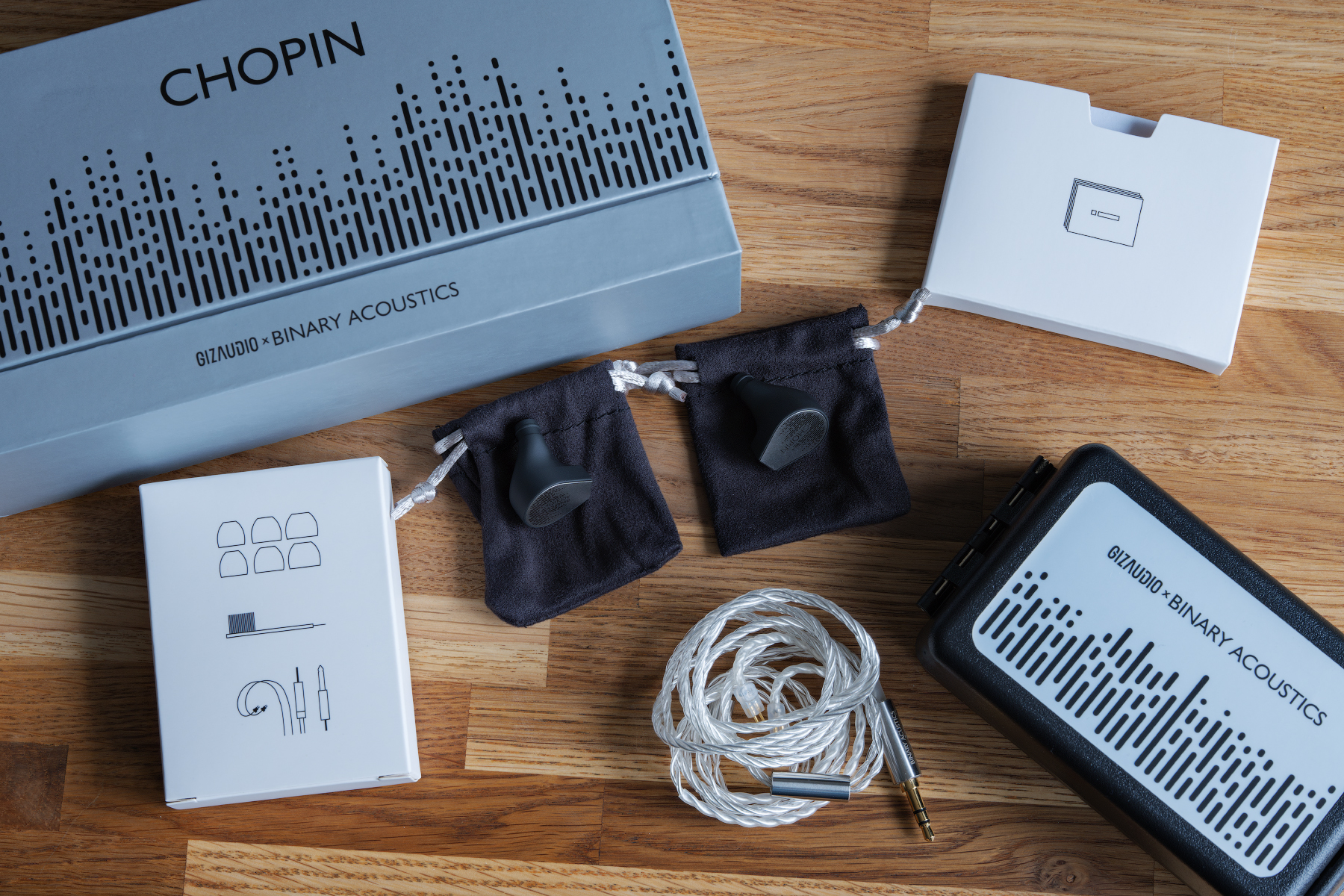
What’s in the box:
- the earphones;
- separate tiny velvet bags for each earpiece;
- a 3.5mm cable;
- eartips;
- a cleaning tool;
- a case.
The kit looks awkward as if the manufacturer did not know how to add a little luxury touch, so he just did the best he knew how. Why have these velvet bags for each earpiece if there’s a case, too?
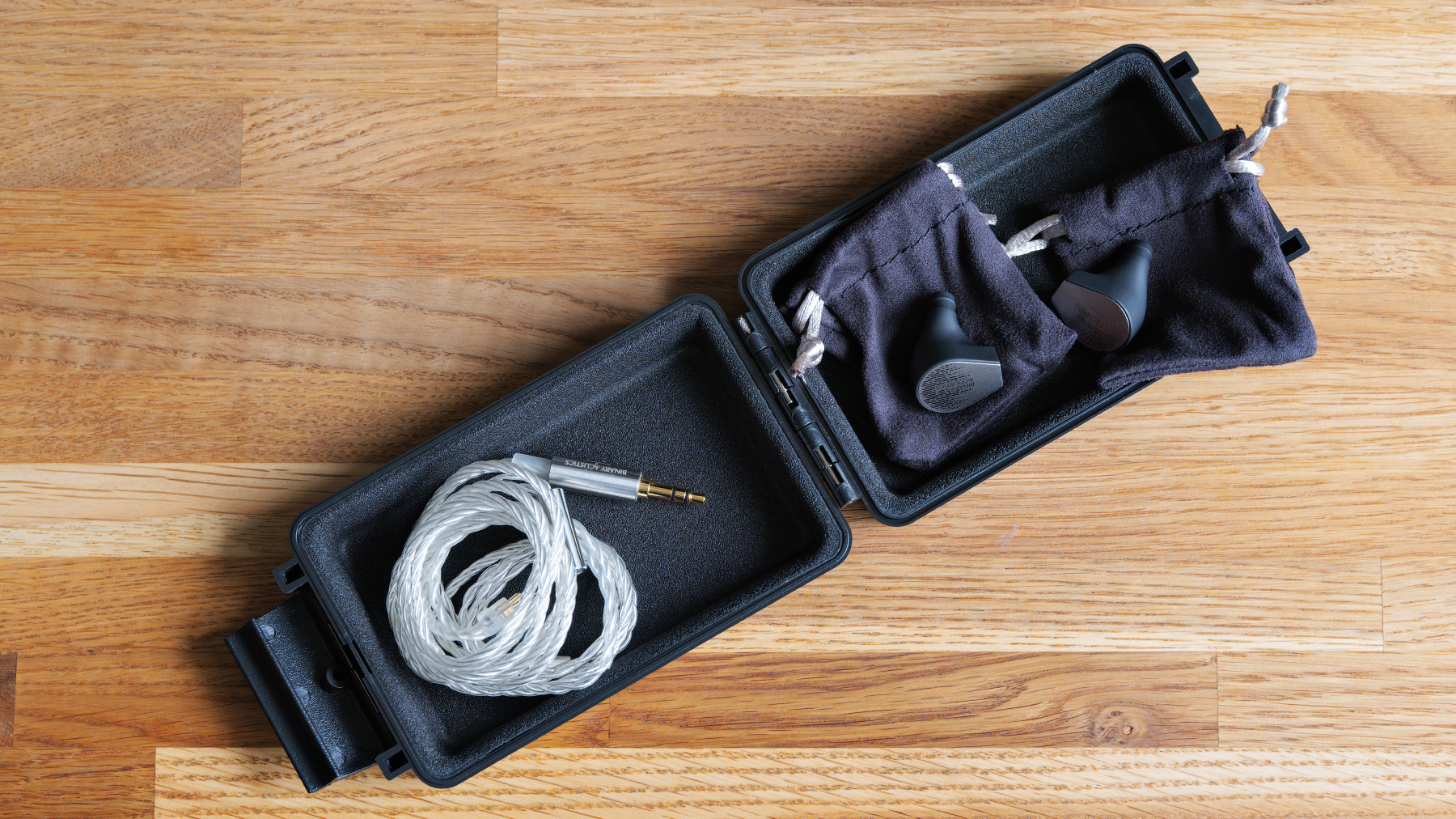
And, you know, the case is so dumb, so absurdly large that the earphones popple inside like a turd in a punch bowl. It really mystifies me why the fuck they included this cloakbag in the kit.
Technological features, build quality
The earphones are based on the ‘1 dynamic driver + 3 armature ones’ scheme, that is, they are 4-driver hybrids. It’s known about the dynamic driver that it has a 8mm ceramic diaphragm. Of three armature drivers, one is for the middle and two for the tops. The earphone enclosures are 3D printed.
Front overlays are metal, made of stainless steel, with laser engraving.
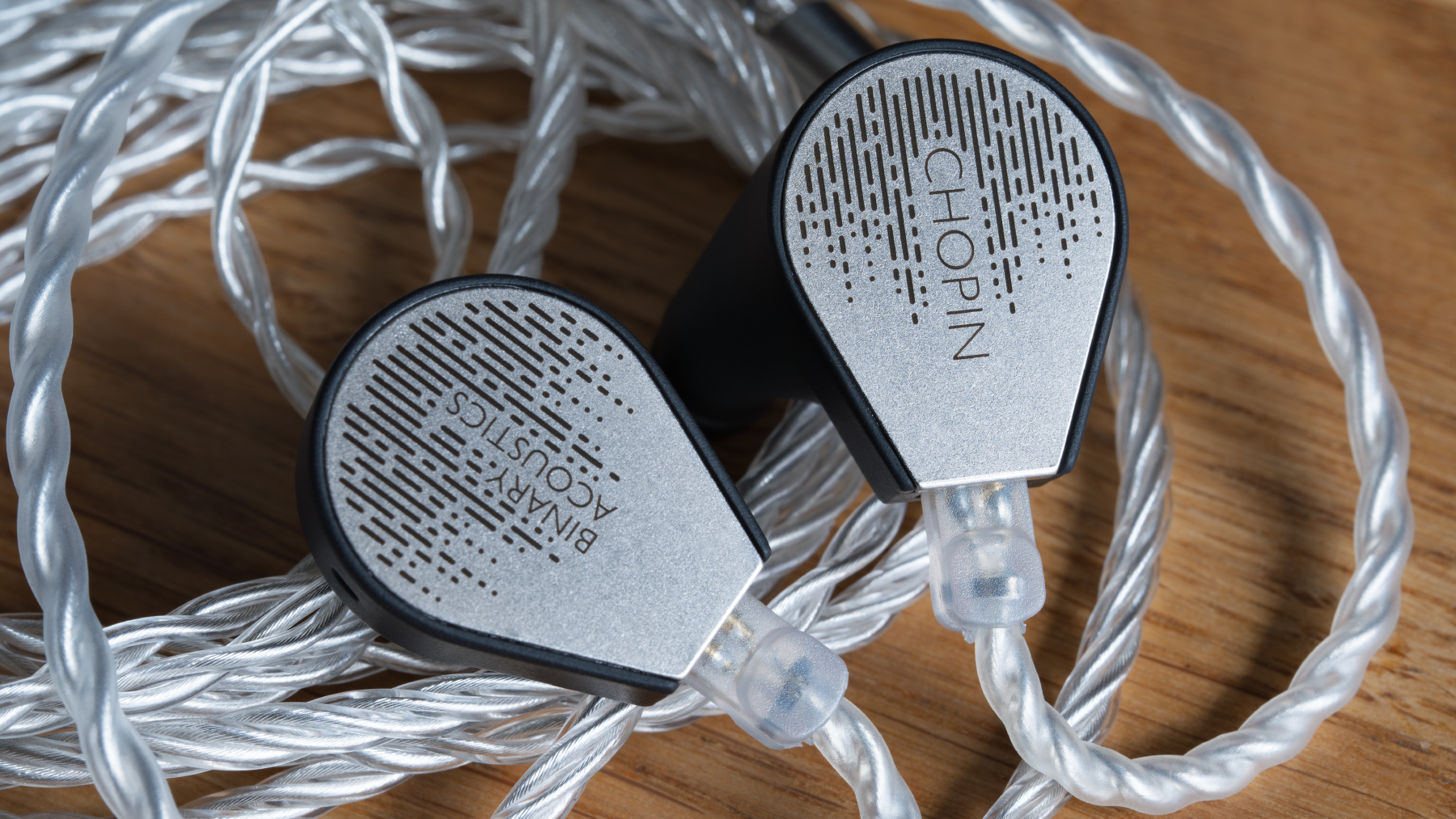
The sound ducts come from each driver separately.
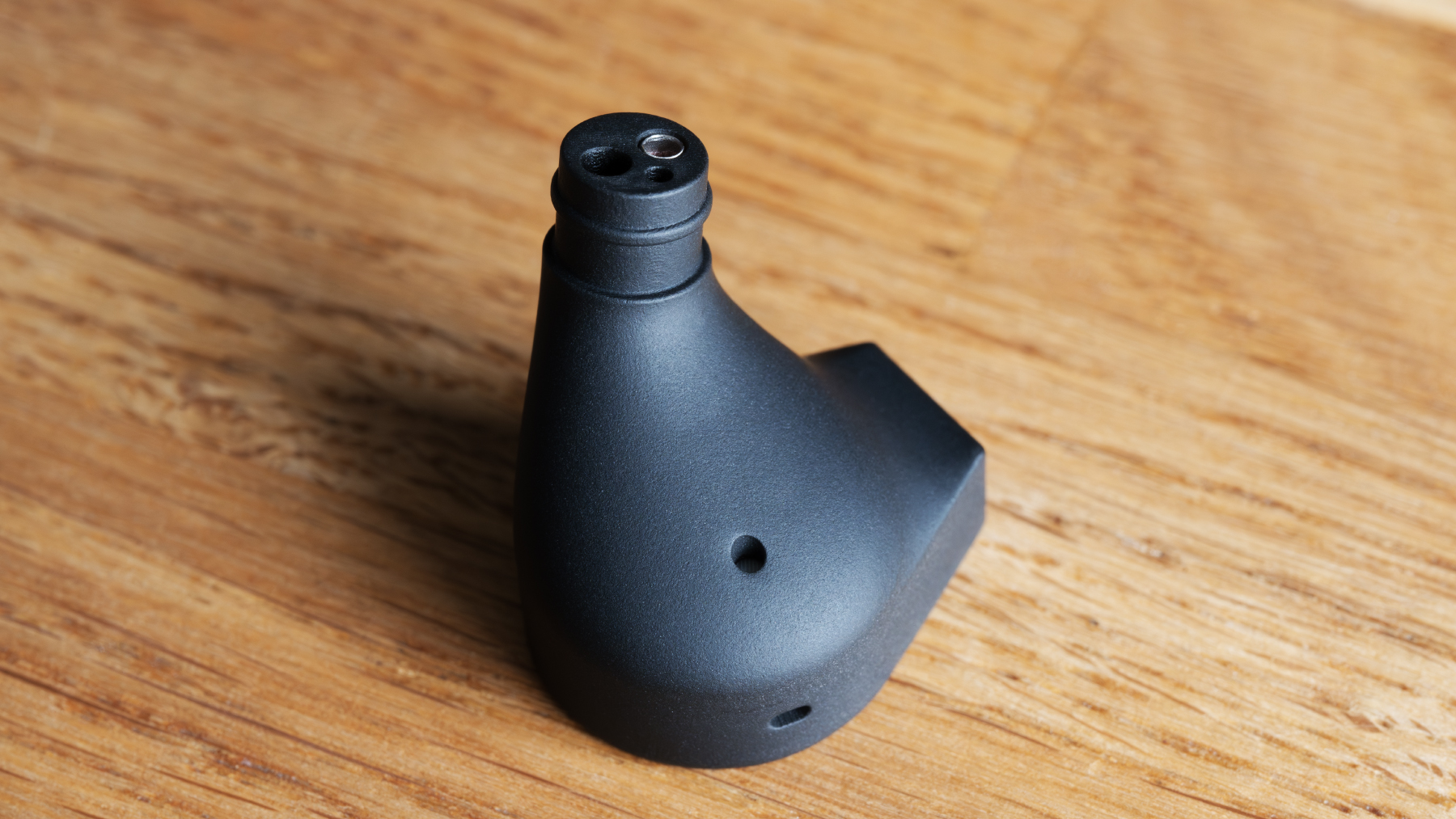
There are 2 compensation holes on the body of each earpiece, and they are neatly covered with mesh.
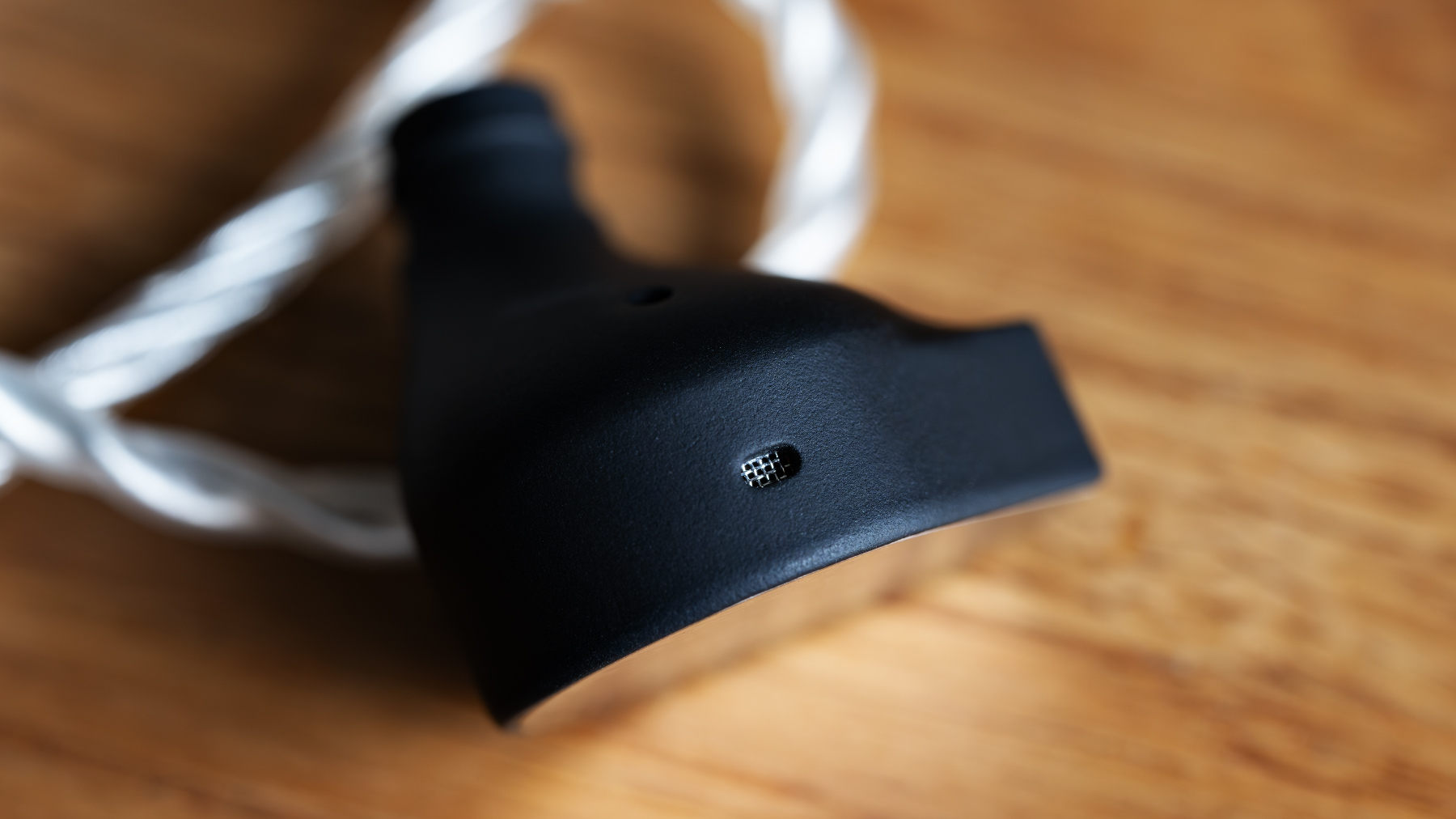
The standard cable is, of course, a litz wire made of oxygen-free copper, silver-plated. The features include only the serial number engraved on the splitter.
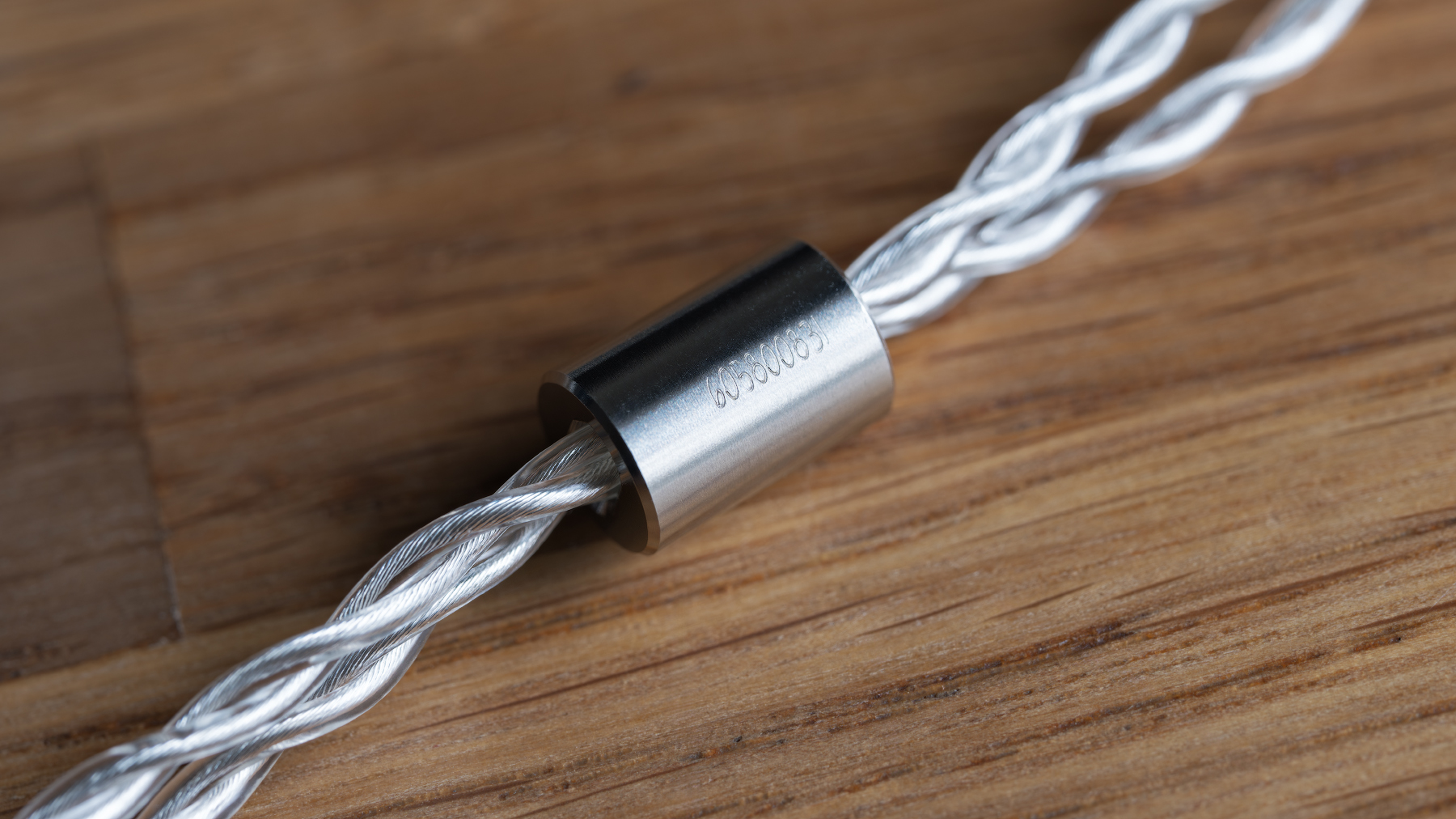
However, the manufacturer’s name is written on the connector, but misspelled.
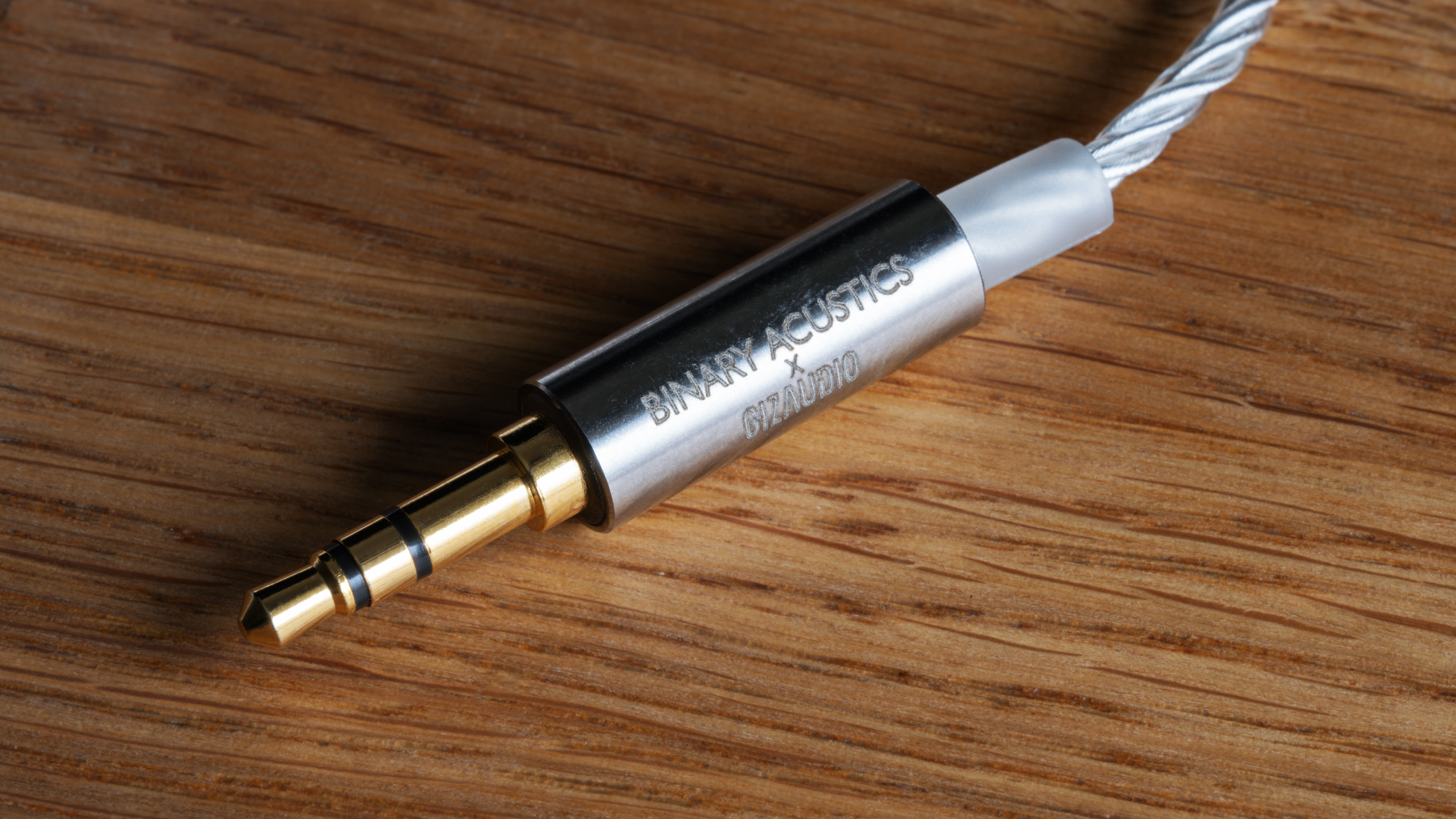
The earphones look very, very simple, even plain. A dumb case, a misspelled name on the connector, good-for-nothing velvet bags… All this makes me feel that, if it’s not about a devil-may-care attitude to the product, then it certainly makes us think about priorities: could it be that the manufacturer invested not in the form, but in the content – in the sound?
Ergonomics
Chopin enclosures are exceptionally ‘thin’. Nevertheless, they show from behind one’s ears due to long sound ducts, which, in their turn, have such a thickness and shape that no matter what eartips you use Chopin with, you still won’t be able to immerse them deeply into your ears.
Apart from that, ergonomics only deserves to be praised: the enclosures don’t get dirty and don’t scratch because they’re not varnished. They actually don’t touch auricles, so they cannot press anywhere in fact.
There are no L and R markings on the enclosures.
Quick specifications overview
- Design: in-ear closed-back.
- Drivers: 1 dynamic + 3 armature ones.
- Impedance: 12 Ohms.
- Sensitivity: 122 dB.
- Connectors: classic 2-pin, 0.78 mm.
- Weight: 6 g (each earphone).
- Sound duct dimensions:
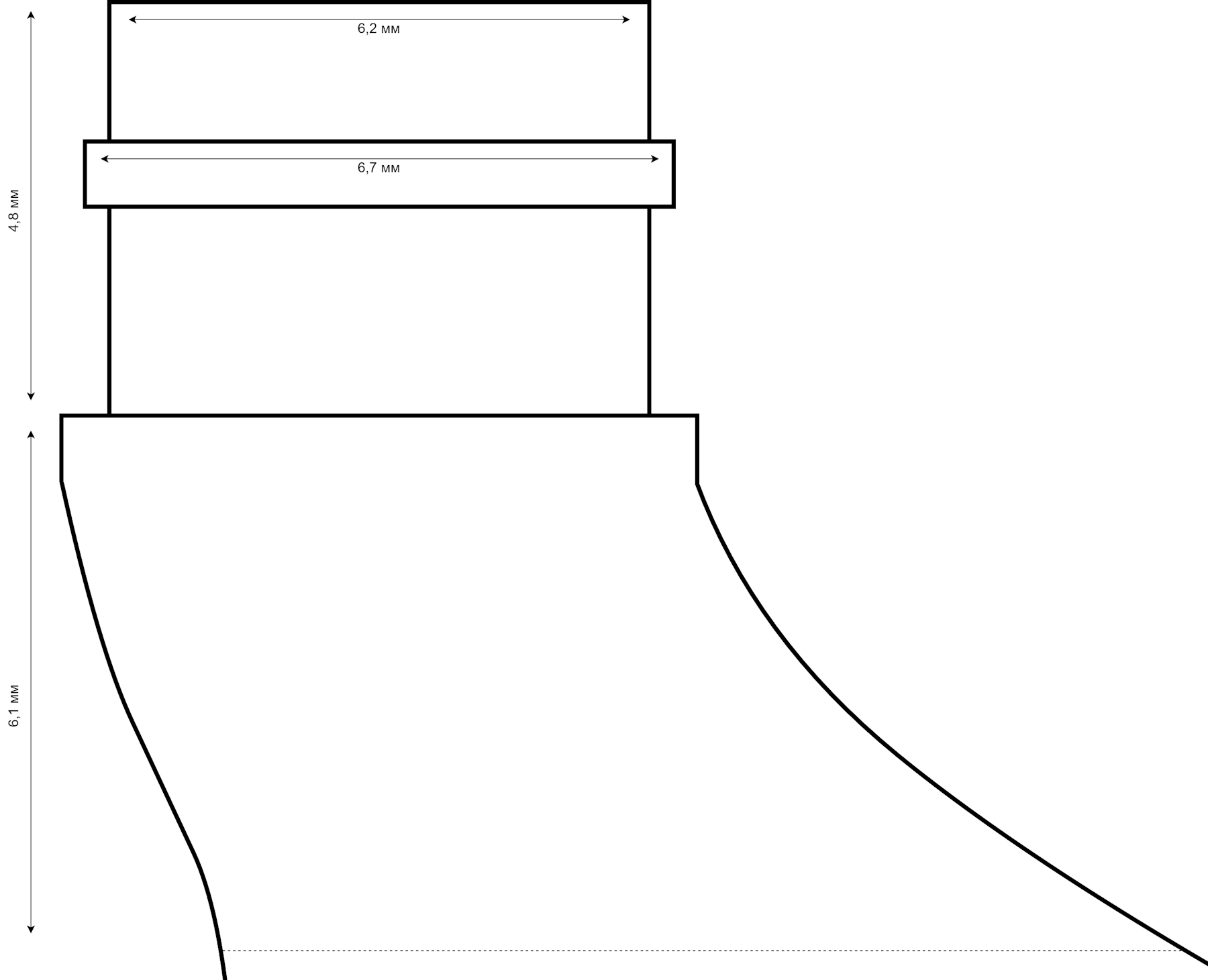
Subjective sound impression
Chopin are a great example of earphones with very competent and painstaking tuning. It seems that the creators had a very clear understanding of what kind of sound they wanted to get.
The subbass is abundant, but very technical and striking. In terms of quantity, this is next to the limit for my ears, but damn it, how well it’s tuned! This is not just a rumble appearing in every track. That’s it exactly — fast, powerful, but also ‘kicking’ subbass.
The bass is perfectly separated from the subbass and midrange frequencies. Mind you, even if there’s a ‘dip’ at 200 Hz in the frequency response, it’s clearly less by ear than, for example, the Harman curve provides for. The bass is present here for its own sake and not in order to solve the problem of separating the subbass from the middle.
The mid-frequencies range is a little bit ‘farther’ from the listener than I personally would prefere. In other words, the upper middle section slightly dominates the middle and lower middle ones, which adds a feeling of ‘air’, makes the sound delivery more ‘contrasting’ in general, but also ‘refines’ the sound a little. The midrange frequencies don’t have any audible ‘curbs’, ‘dips’, ‘ringing’, etc.; in general, tuning is excellent, although a bit subjective.
The upper frequencies are just good, slightly simplified, muffled at 11-12 kHz, and completely attenuated at 15.5 kHz — by my ear, of course. That is, Chopin don’t make any breakthroughs in terms of high frequencies, but there’s nothing to complain about either. Yes, this is not the result of Mega-5 EST, but, well, their price is two and a half times lower.
If we describe the Chopin sound in a nutshell, it’s very clear and balanced, even taking the raised subbass into account. This is not a neutral sound delivery, but after just 2 or 3 minutes of acquaintance with Chopin, I was ready to ‘agree’ with such a ‘well-tasted’ sound. In terms of genres, I’m inclined to call the earphones universal, but I think they will especially please fans of something hard and heavy and, what’s more, especially those fans who put the technicality and drive of the delivery in the first place – the bassheads can safely give them a miss.
I’d like to note that Chopin are especially well suited for the outdoors or subway: the masking somewhat cloaks the emphasized bass and subbass, and the sound becomes… well, incredibly rich, especially at high volume.
The virtual sound stage is all right, imagined more in width rather than in depth. The instuments positions can be identified accurately and easily. Therefore, the earphones will work well for competitive games, as well as for exciting single projects: there will be plenty of impressions from the sounds of shooting and explosions.
Measurements
The earphones were connected to the RME ADI-2 DAC (IEM output). A measuring rig conforms to the IEC60318-4 standard. The smoothing is indicated on the graphs. For the info about rigs, graphs and headphones measurements, refer to my article.
The frequency response of Chopin compared to the Harman curve:
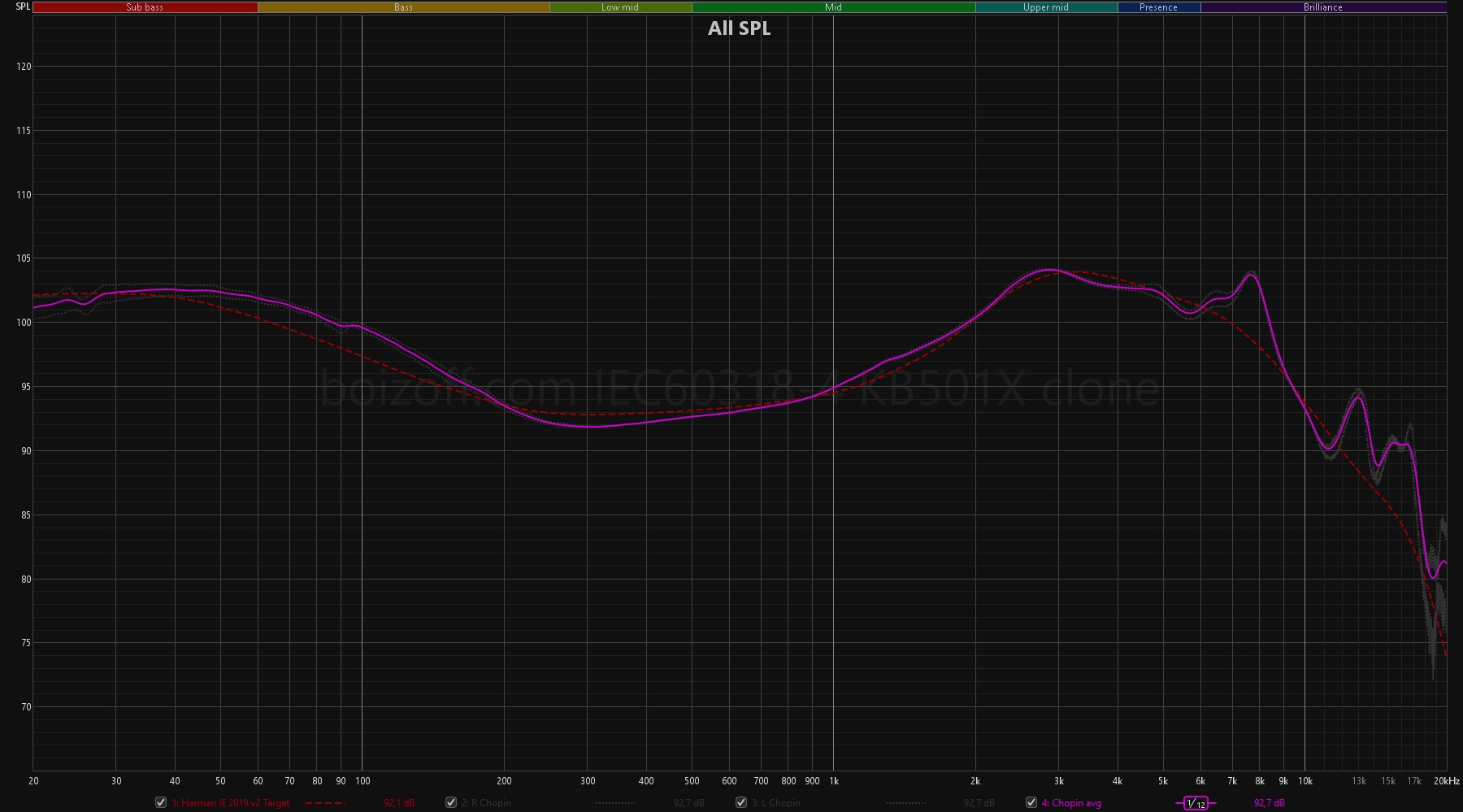
What can we see?
- There are full–fledged upper frequencies, even and ‘smooth’, with an emphasis at 8 kHz, which is more like an aberration of the rig – it’s barely audible.
- The middle corresponds to the Harman curve quite well. Please note a small addition at some 1300 Hz.
- The rise in the bass and subbass sections starts from classic 200 Hz, and there’s more bass by 2 dB at most.
The level of nonlinear distortion is interesting: there’s no habitual ‘curb’ on the bass and subbass, which is just awesome. Maybe this is the secret of how the earphones process the lower-frequency range. But in the middle, the distortion reaches almost 1%. It’s not crucial, but weird.
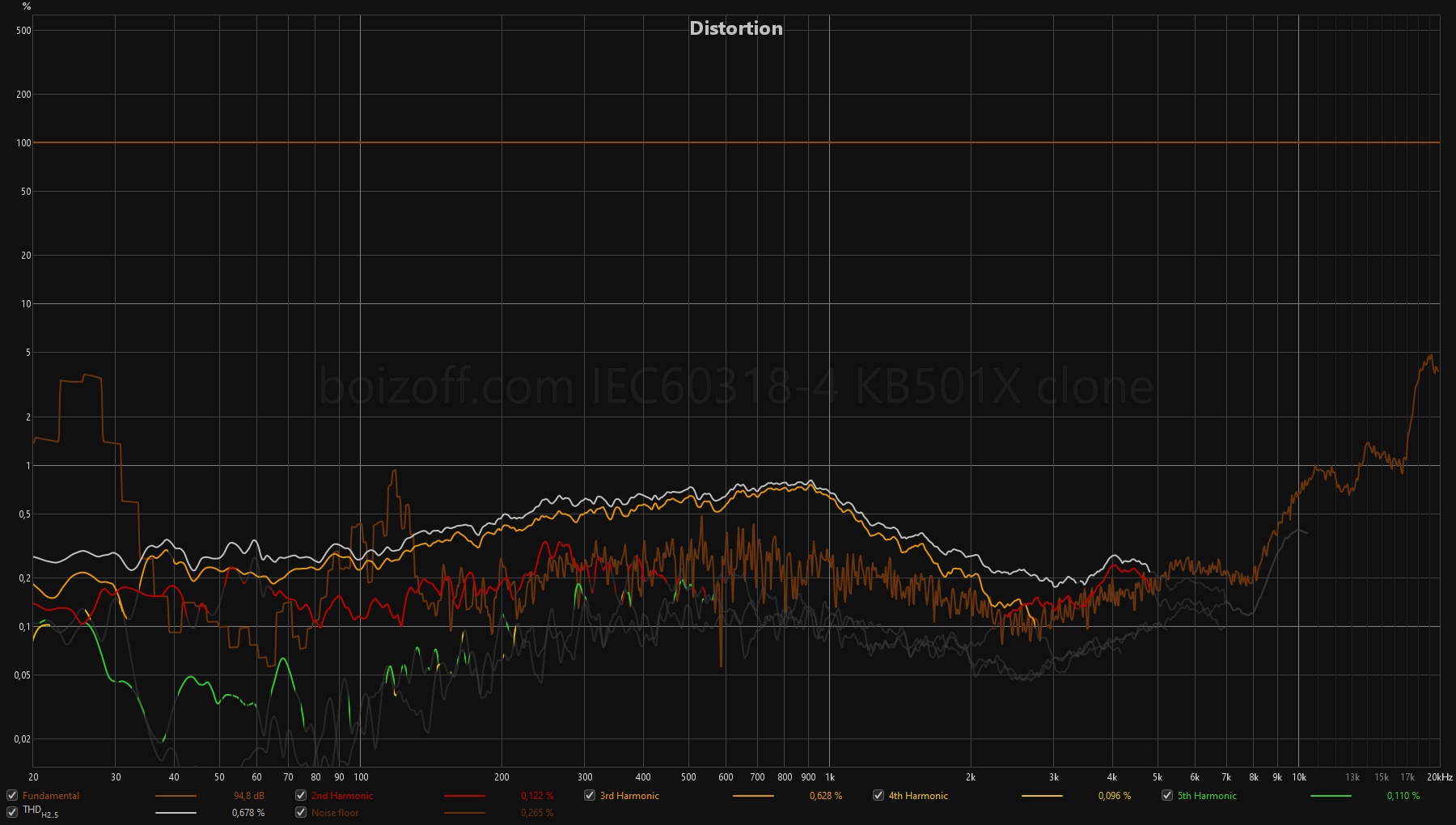
Left/right volume balance:
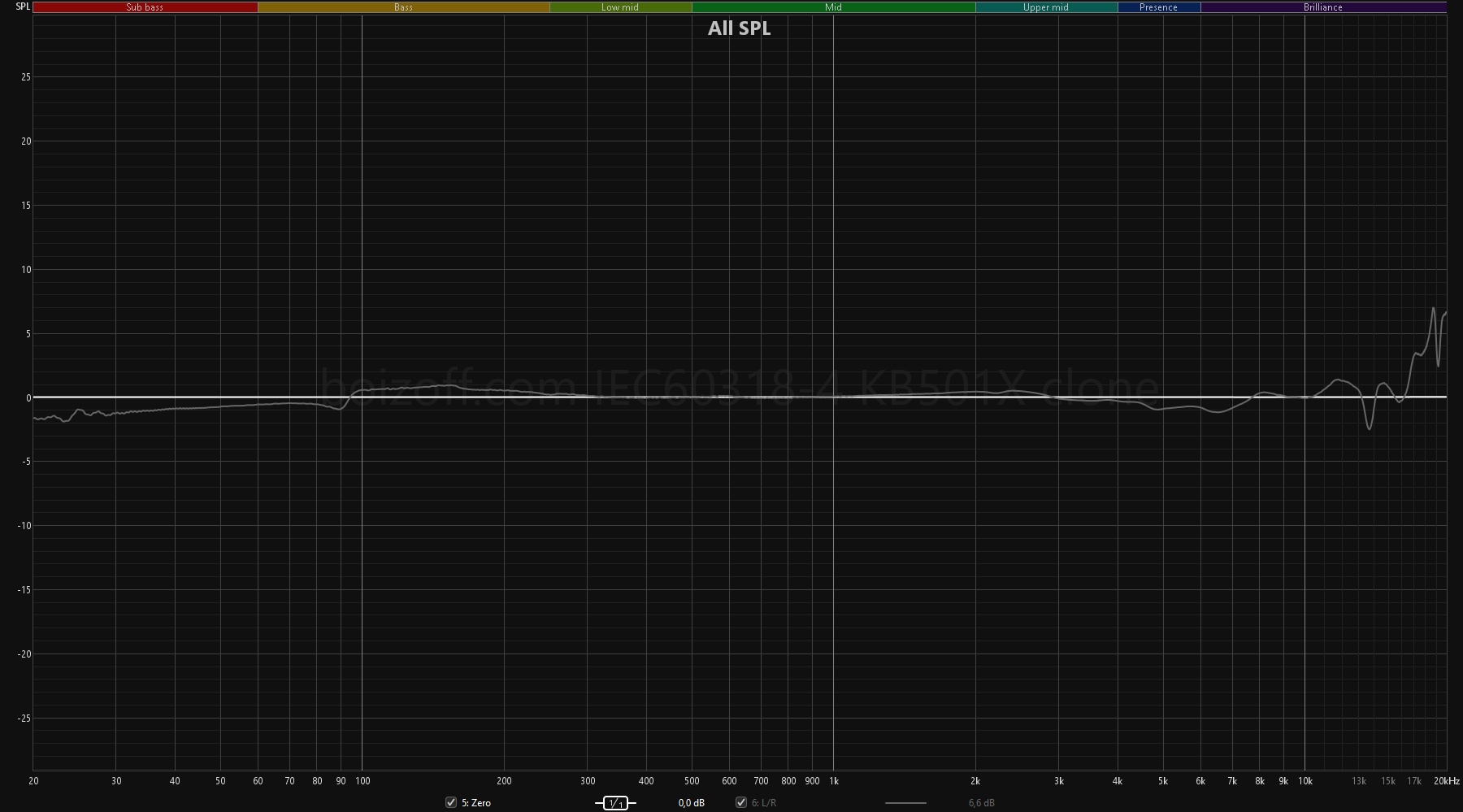
Sound source choice
For my listening tests, I’ve connected the earphones to the following devices with a standard cable:
- PC + RME ADI-2 DAC fs (IEM output);
- Hiby R6 gen 3 (Gain – High, Amplifier Operation – Class A);
- Moondrop DAWN Pro (Gain – High);
- Fiio K11 R2R (Gain – High).
The sources were switched instantly by a mechanical input switch. The volumes of all sources were preliminarily aligned (by means of the measuring rig) at 94 dB, at 1 kHz. All software sound processing algorithms were disabled on the sources, and a digital ‘fast roll—off’ filter (or its equivalent) was set. ‘OS’ was set on K11 R2R.
As for power, you can already stick to a portable DAC such as DAWN Pro, especially when using balanced connection. And in terms of the tonal characteristic, I liked the combination with the ADI-2 DAC most, although, as always, the differences are minute.
Eartip choice
The kit includes two sets of eartips, gray and transparent ones.
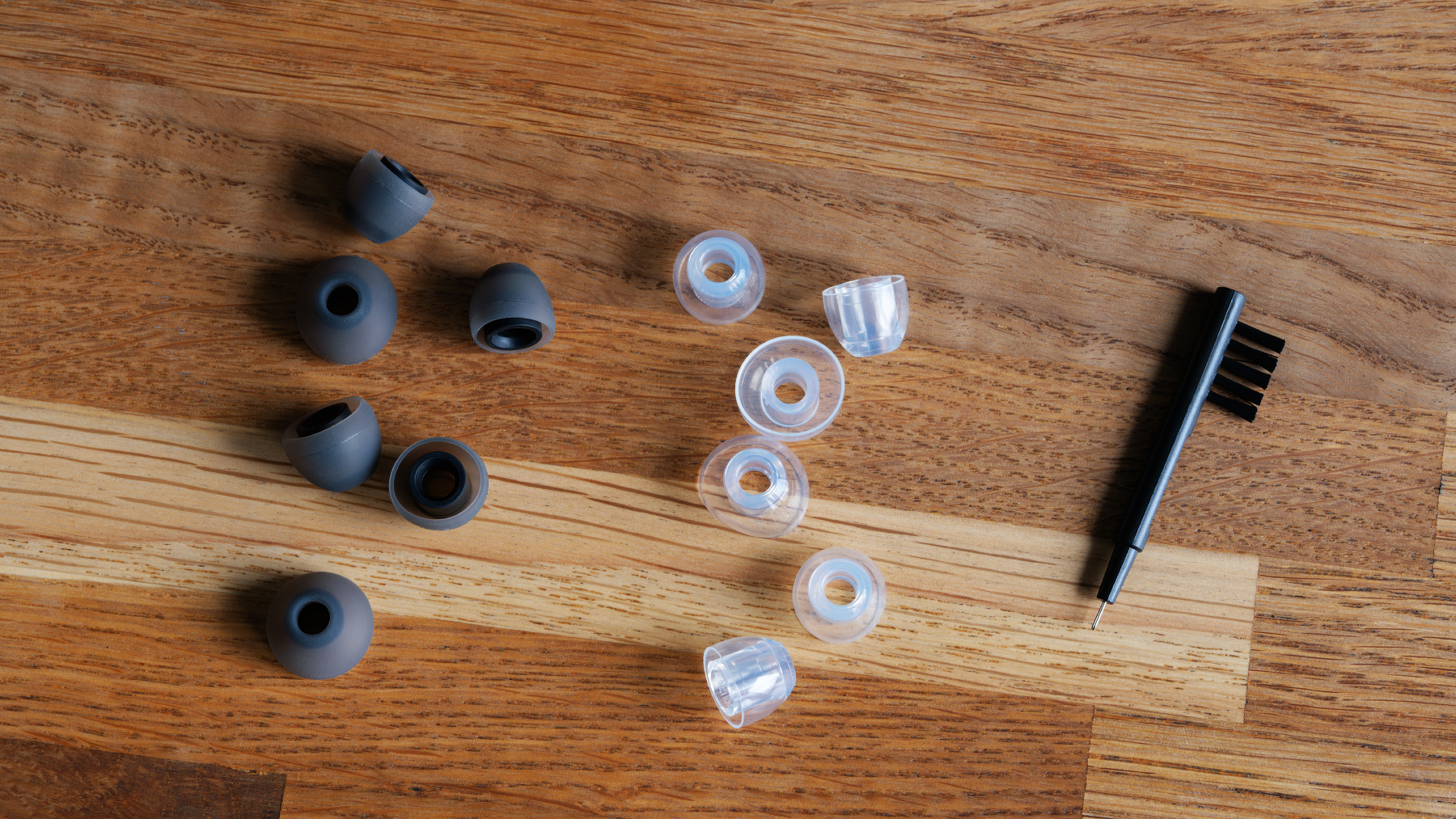
The transparent eartips are the UC model by SoftEars. Both sets are OK, and you can safely use them.
The peculiarity of Chopin is their sound ducts, which are both thick AND long. Therefore, you’ll have to use eartips a size smaller than your regular one: if you use, for example, M, here you’ll have to use S. All our favorite models fit and stay in perfectly: DIVINUS Velvet, Zhulinniao Zhu Rythme, Tangzu Tang Sancai, TRI Clarion, DUNU S&S, etc.
Summary
Chopin are excellent earphones with well–tuned, striking sound delivery and very technical bass and subbass. They’re perfectly suitable for metal, fast electronics, and all the post-incarnations of these styles.
The sound of Chopin seemed to have the highest priority for the manufacturer, while the decorative aspect was disregarded, but this is purely subjective. There are no complaints about their functional component – the fit is comfortable, the eartips are clever, the quality of the enclosures is high. One more advantage is the earphones’ leniency towards the source power.
As a result, I can safely say that Chopin are one of the best earphones that I have ever tested and next door to the best ones in the category of ‘fun and perky’ sound, especially for their price. I even decided not to sell them, as I usually do with devices after writing reviews, but to leave them in my collection – that’s how good they sound.
To buy or not to buy: go right ahead.


